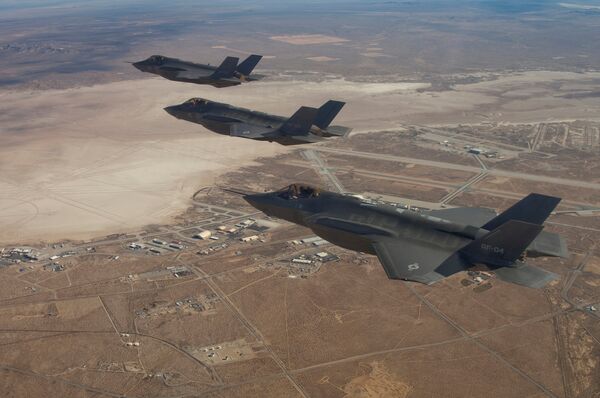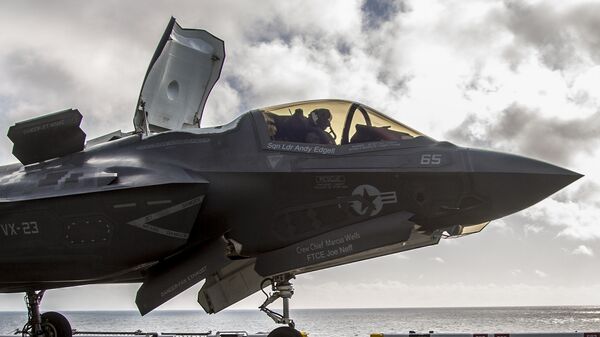The F-35As are the first batch of deliveries of the stealth multi-role fighter to arrive in Europe and are due to be deployed in the UK and Eastern Europe, where NATO is building forces as part of the European Reassurance Initiative.
The F-35 program has been beset with technical difficulties since its inception and first production in 2006. By 2014, the program was US$163 billion over budget and seven years behind schedule, prompting Trump to order manufacturer Lockheed Martin to reduce costs.
The technical difficulties are largely because the same airframe was intended for use for three very different variants of the fighter: the F-35A, conventional take-off and landing (CTOL) variant; the F-35B, short-take off and vertical-landing (STOVL) variant; and the F-35C, carrier-based CATOBAR (CV) variant.
The F-35As are from the 34th Fighter Squadron, 388th Fighter Wing and the Air Force Reserve's 466th Fighter Squadron, 419th Fighter Wing, Hill Air Force Base, Utah, and will conduct air training over the next several weeks with other Europe-based aircraft.

"This is an incredible opportunity for USAFE Airmen and our NATO allies to host this first overseas training deployment of the F-35A aircraft. As we and our joint F-35 partners bring this aircraft into our inventories, it's important that we train together to integrate into a seamless team capable of defending the sovereignty of allied nations," said Gen. Tod D. Wolters, US Air Forces in Europe, Air Forces Africa commander.
"RAF Lakenheath will be the first overseas beddown location for the F-35A, this deployment allows our pilots and maintainers to learn more about the European operating environment and will improve our interoperability with partners in the region," Wolters added.



